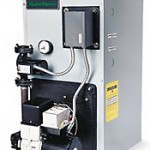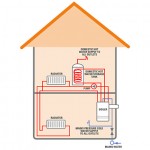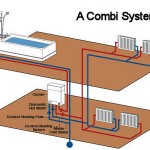Line Voltage Programmable Thermostat
A thermostat is a control device that regulates the indoor temperature by switching the heating and cooling systems on and off when the temperature reaches a certain level. Modern programmable thermostats have a vast array of additional sensors and functions for better energy saving. There are a few different types of thermostats although line voltage programmable thermostats are the most common and widespread ones as they can work on the 110 or 240 voltage in the old and new houses.
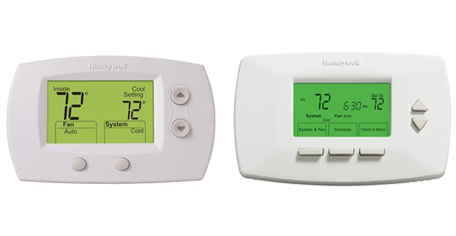
Available Options
A modern line voltage programmable thermostat will allow you to change the options adjusting it as much as you need. It can adjust to your daily routine while being energy efficient, all you need is to program it to energy saving set back regime for the time when you are at work or asleep. This way you will avoid having to overpay for the electricity and your housing bill will be very modest.
Some of the most common available options are:
- Vacation mode allows you to set the maximum energy saving program when you are away and change the program with one click when you are back home.
- Touch screen sensor provides better comfort, change the program and pick the right options with your fingertips.
- Backlit control panel is perfect for the night hours as you can set the right house temperature without having to turn on the light.
- Keyboard lock is a great option for families with kids as nobody will try to alter the settings without having to notify you.
- Remote control with a radio frequency allows you to change the program from any place in the house providing you with even more comfort.
- Program Periods option allows you to program the day differently dividing it into energy efficient and warmer periods.
The various option, programs and modes will make up for the purchase so you know that buying a modern line voltage programmable thermostat you get the best value for money.
Comfortable Programming
New models have an easy digital control system plus new models are mercury free and so are much safer for your house. Even though at first you might think your old thermostat is good enough for you buying a line voltage programmable one would be a great investment.
Most thermostats come with an adjusted program that includes a typical workday heating schedule so there is no need for you to waste time programming it yourself, all you need is to install it and the thermostat will be good to go. When picking the thermostat you need to consider its flexibility making sure the available programming regimes are good for you. The most common options are:
- Weekly programming that means you have to set a similar schedule for all days of the week so the warmer and cooler hours for the weekend and work days are the same.
- 7 day programming is more complex allowing you to pick different regimes for each day of the week, perfect for larger families with different schedules.
- 5-2 day programming means that you have different regimes for weekends and work days.
- 5-1-1 day programming is very similar to 5-2 but you can pick out different regimes for Saturday and Sunday.
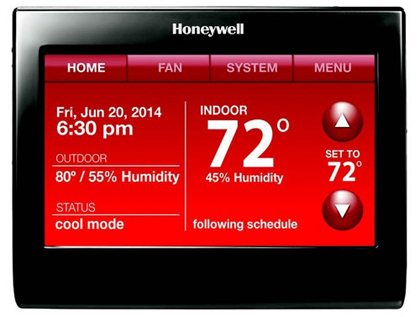
And of course you can overwrite the program if you need to change the active and energy saving times as each thermostat comes with a control system.
Energy Efficiency
There is a common belief that it is easier to maintain warm temperature in the house then it is to turn the heating off and then back on to warm the house up again. However this is not true because the research shows that the amount of energy needed to reheat the house is much smaller than the amount of energy needed to keep the house warm at all times. You will save lots of money on the electricity bills by using the energy saving mode at night and during the hours when you are away at work, as you can see a quality line voltage programmable thermostat s indeed a great value for money. It could save you up to 33% on heating costs and from 15 to 25% on cooling.
- popular
- new


